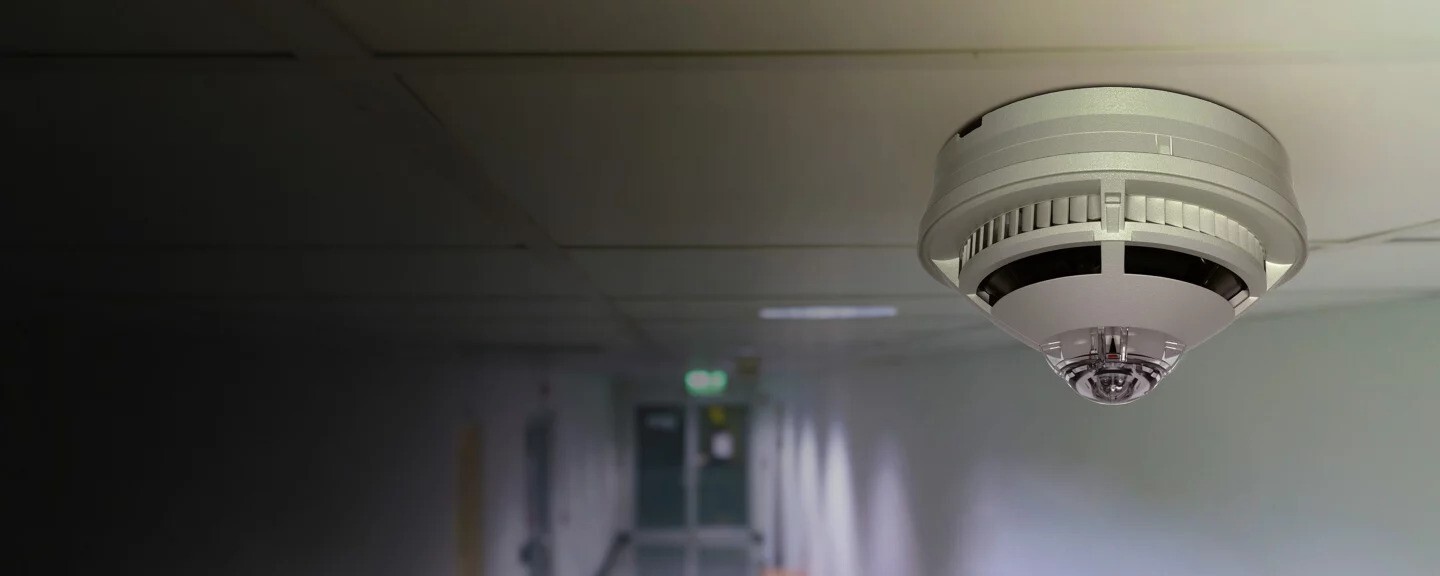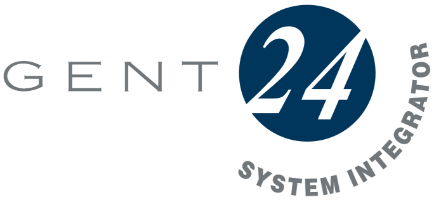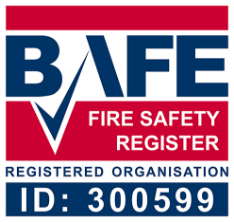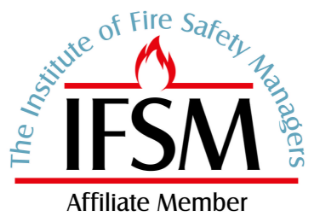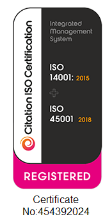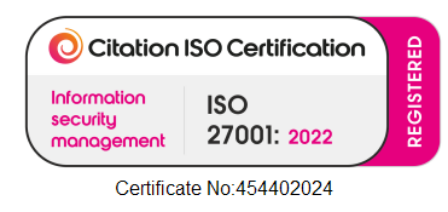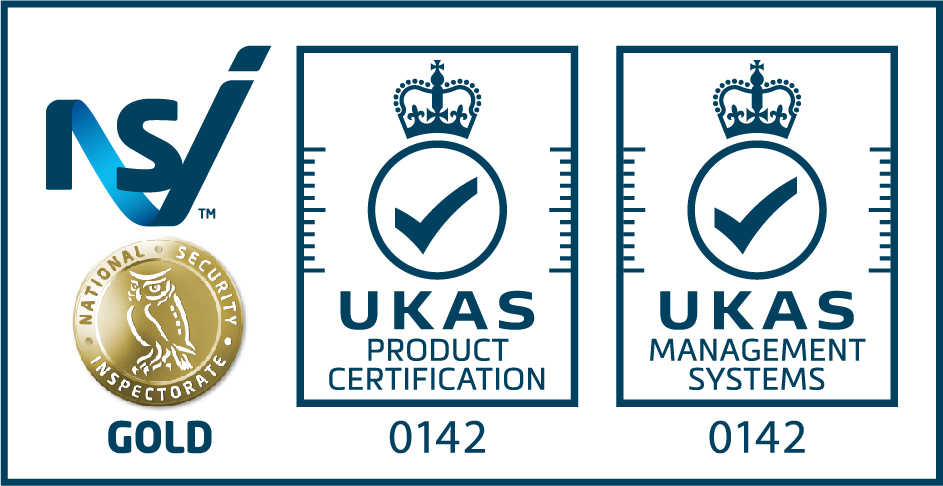Fire risk assessments are a legal obligation which protect those in, on or around the building. Professional assessments provide the expertise, thoroughness, and documentation needed to ensure complete compliance and peace of mind.
At Logic Fire and Security we understand the weight of this responsibility. Our team of fully qualified and accredited assessors, underwritten by our BAFE SP205 Third-party Accreditation, deliver a comprehensive fire risk assessment tailored to your specific premises and requirements. We provide clear, actionable reports and ongoing support to ensure your continued compliance and the safety of everyone in your care.
Why a Fire Risk Assessment is Critical for your Business
Since the Regulatory Reform (Fire Safety) Order 2005, fire risk assessments have become a legal requirement for businesses, replacing the previous fire certificate system. As a business owner, employer, landlord, or property controller, you are the “Responsible Person” accountable for fire safety on your premises and for everyone within it.
This responsibility isn’t just a regulatory box to tick – it’s about protecting lives, your property, and ultimately your business. Many business leaders find themselves asking: “Am I doing enough to keep everyone safe?” The consequences of inadequate fire safety measures can be devastating, from catastrophic incidents and legal liability to business interruption and reputational damage.
What is a Fire Risk Assessment?
A fire risk assessment is a comprehensive prevention process that involves a competent individual systematically evaluating all non-domestic premises and the non-domestic parts of multi-occupied residential buildings to identify fire hazards. The assessment thoroughly examines your building and its surroundings, taking into account the risk of fire, the likelihood of a fire breaking out, and the potential consequences should a fire occur.
The fundamental purpose of a fire risk assessment is to identify fire risks so that an effective action plan can be implemented to eliminate or reduce the potential causes of fire. This thorough evaluation should review all possible eventualities for how the building is used and associated fire risks to ensure that people, processes, and property are protected.
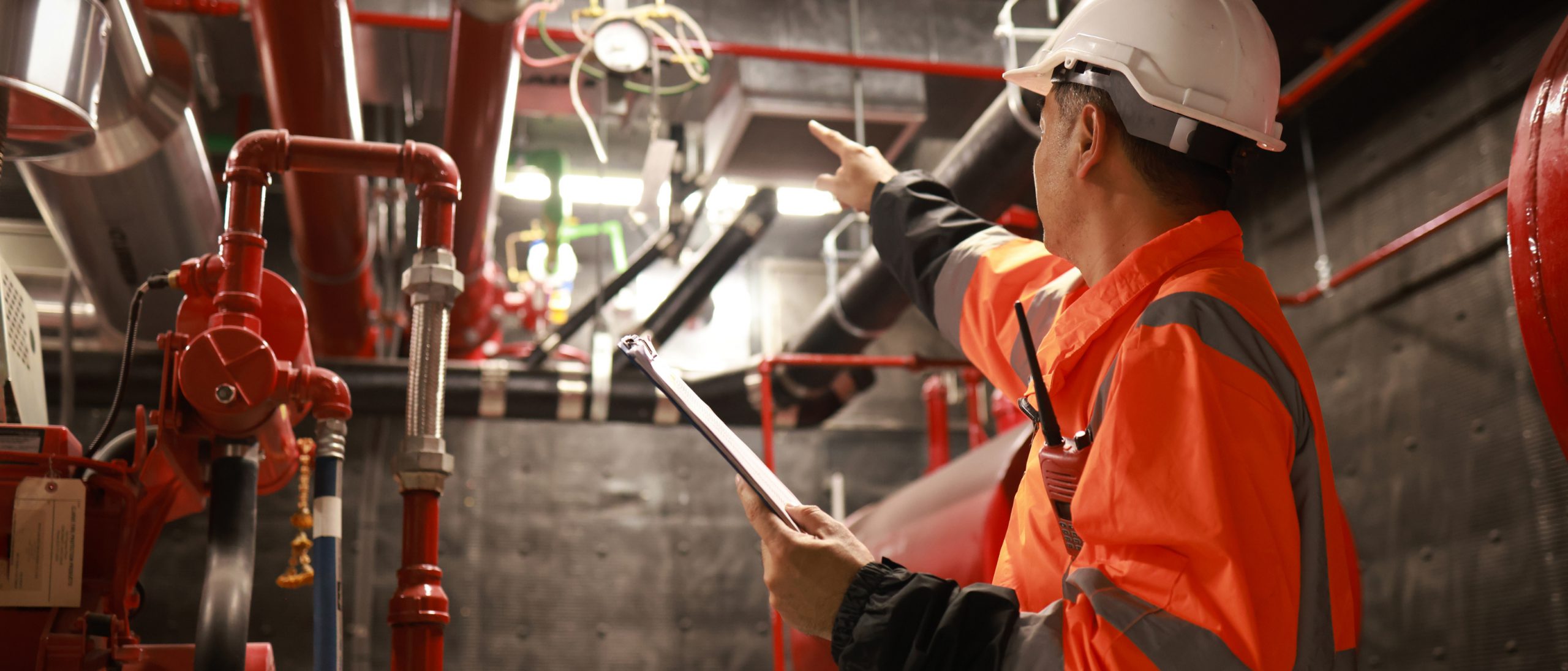
What Are the 5 Main Components of a Fire Risk Assessment?
A comprehensive fire risk assessment consists of five essential components that work together to create a complete picture of your fire safety situation:
- Hazard Identification – This involves a detailed examination of your premises to identify potential sources of ignition, fuel, and oxygen – the three elements required for fire. Common hazards include electrical equipment, heating systems, flammable materials, and combustible waste.
- People at Risk – Identifying who would be at risk if a fire broke out, with special consideration for vulnerable individuals such as those with mobility issues, the elderly, children, or those unfamiliar with the premises like visitors or contractors.
- Evaluate and Act – Assessing the identified risks and determining whether existing fire safety measures are adequate. This includes evaluating fire detection systems, emergency lighting, escape routes, firefighting equipment, and staff training.
- Record, Plan, and Train – Documenting significant findings, creating an emergency plan, and ensuring all staff are aware of procedures through proper training. The comprehensive report should be easy to follow and include an action plan that highlights issues of different risk levels along with recommended timescales for resolution.
- Review and Update – Regular reviews of the assessment to ensure it remains current, especially after any significant changes to the premises, staff, or processes.
Is a Fire Risk Assessment a Legal Requirement?
Yes, absolutely. The Regulatory Reform (Fire Safety) Order 2005 mandates that any commercial premises with more than 5 occupants – whether an office, shop, hotel, healthcare facility, or shared accommodation – must ensure that a thorough Fire Risk Assessment has been carried out by a competent person and is reviewed at regular intervals.
This legislation has been rigorously enforced since 2006, with substantial fines and potential imprisonment imposed on Responsible Persons for significant breaches. The legal requirements aren’t designed merely to burden businesses with red tape – they exist to save lives and protect property.
If you are the Responsible Person for a business with less than 5 employees, you may have previously been exempt from the requirement to record the significant findings from your fire risk assessment.
However, from the 1st October 2023, you will need to have record your fire risk assessment in full regardless of the size or use of your building.
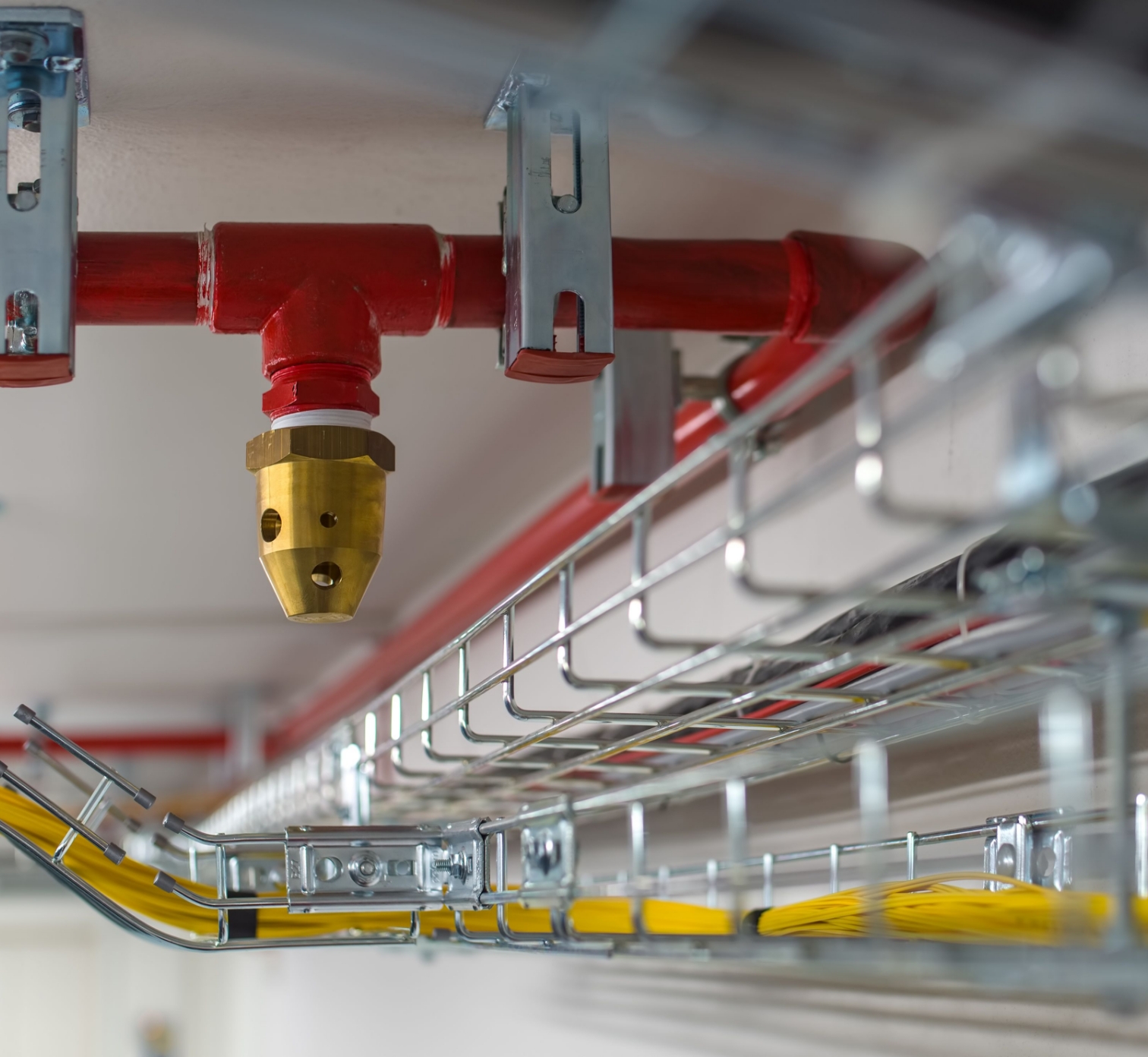
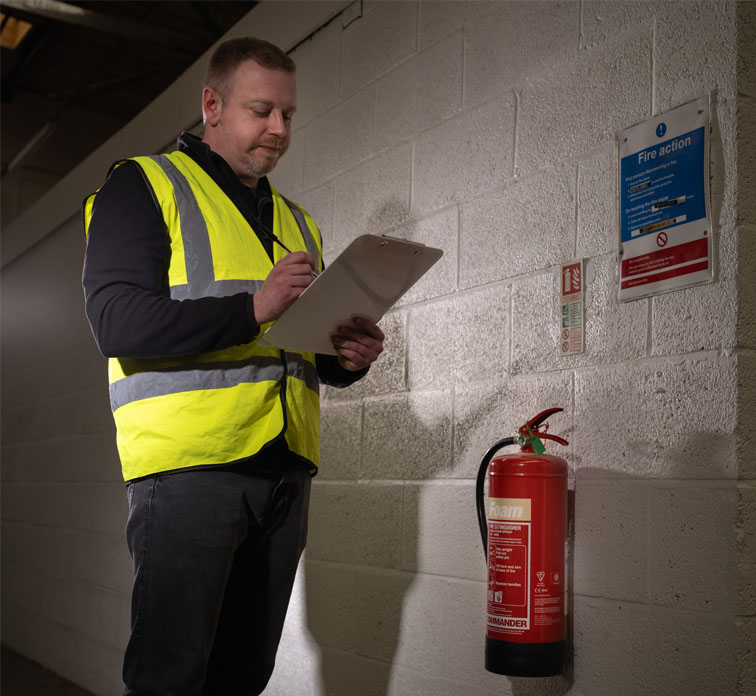
Can I Do My Own Fire Risk Assessment?
Technically, yes – but the more important question is: should you? The regulations specify that fire risk assessments must be conducted by a “Competent Person.” This means someone with sufficient training, experience, and knowledge to adequately identify fire hazards and recommend appropriate precautions.
For small, simple premises with minimal fire risks, it might be possible for the business owner to conduct their own assessment if they’ve taken the time to properly understand fire safety principles. However, for most commercial premises, professional expertise is strongly recommended.
Consider these factors before deciding to conduct your own assessment:
- Do you understand the technical requirements of fire safety legislation?
- Can you identify all potential fire hazards in your specific environment?
- Are you familiar with appropriate fire safety measures for different risk levels?
- Would you feel confident defending your assessment in court if necessary?
Professional risk assessors have the qualifications, experience, and expertise to identify and address the needs of all users of your premises. They can provide specific advice about how to comply with all relevant legislation, tailoring each assessment to respond to the unique characteristics and requirements of your site.
How Often Should Fire Risk Assessments Be Carried Out?
There’s no fixed timeframe specified in legislation for how frequently assessments should be conducted, but they should be reviewed:
- Regularly as part of good practice (typically annually)
- When significant changes occur to the building layout or use
- After any fire-related incident
- If there are substantial changes to staff numbers or occupancy
- When new equipment or processes are introduced that could affect fire risks
Many insurance policies also specify requirements for the frequency of fire risk assessments, so it’s worth checking your coverage details.
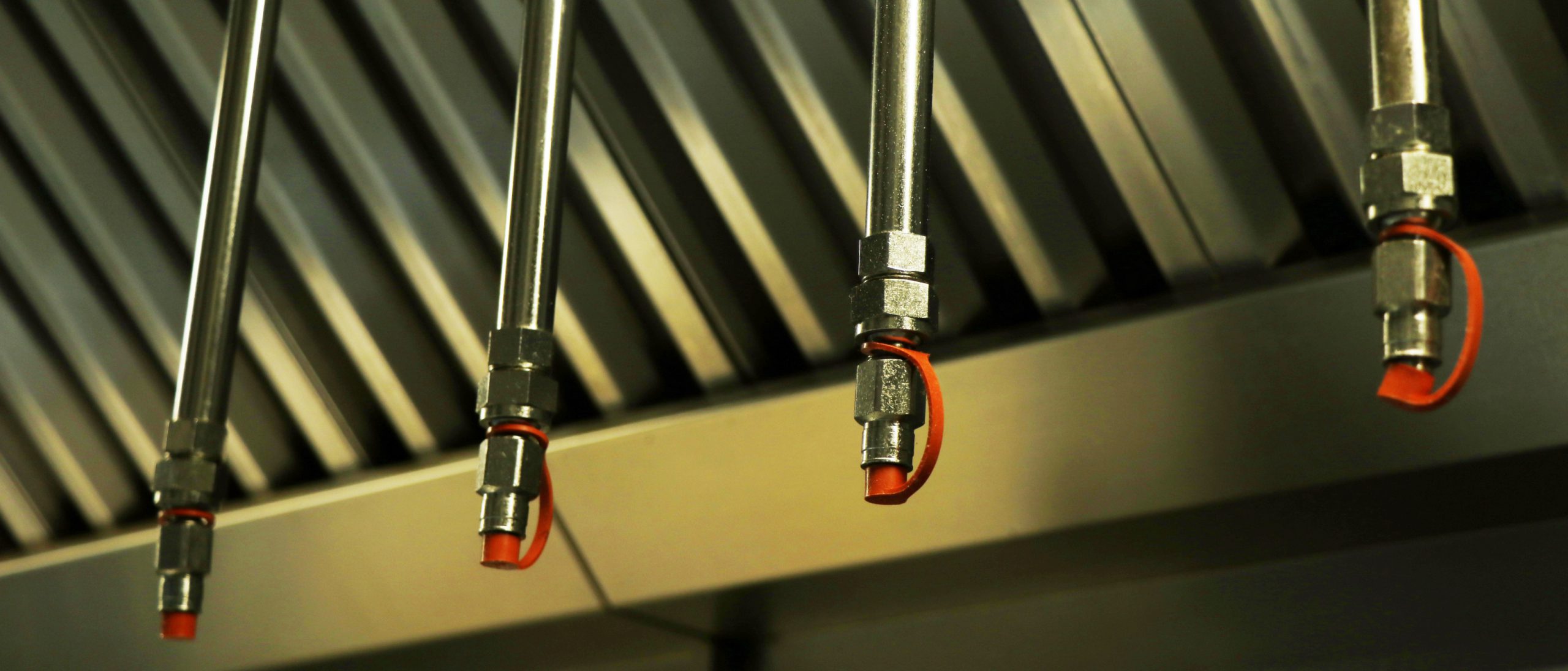
What Happens During a Professional Fire Risk Assessment?
When you engage professional assessors from Logic Fire and Security, they will carry out a full inspection of your premises, generating a detailed written report of their findings. The comprehensive report is designed to be easy to follow and includes an action plan. Issues of different risk levels will be highlighted, along with a recommended timescale in which these problems should be resolved.
Professional assessors prioritise the safety of your staff and business. Should they identify any serious dangers during their visit, they will advise urgent action to remedy dangerous practices immediately, while still on-site.
A professional assessment typically includes:
- Physical Inspection – Examining the entire premises, including rarely-used areas like storage spaces and plant rooms
- Documentation Review – Checking existing fire safety documentation, training records, and maintenance logs
- Staff Interviews – Speaking with key personnel about fire safety procedures and awareness
- Systems Testing – Visual inspection of fire safety systems (though not typically full functional testing)
- Risk Evaluation – Professional analysis of all findings to determine overall risk levels
Benefits of Professional Fire Risk Assessments
Beyond legal compliance, professional fire risk assessments offer numerous benefits that address the concerns of business owners and facility managers:
Peace of Mind
For many responsible persons, the weight of ensuring everyone’s safety is a significant burden. Professional assessments provide reassurance that experts have thoroughly evaluated your premises and identified all potential risks.
Expert Guidance
Qualified assessors are experienced in identifying and addressing the needs of all premises users and can provide specific advice about complying with relevant legislation. They utilise specialised tools like web-based platforms to provide a traceable resolution for each identified risk.
Clear Action Plans
A professional assessment results in a detailed report with a clear action plan, highlighting issues according to risk level and providing recommended timescales for resolution. This structured approach helps prioritise improvements and manage resources effectively.
Insurance Compliance
Many insurance policies require professional fire risk assessments as a condition of coverage. Having proper documentation can help ensure claims aren’t invalidated and may even reduce premiums.
Business Continuity
By identifying and addressing fire risks proactively, you reduce the likelihood of business interruption due to fire incidents, protecting both your operations and reputation.
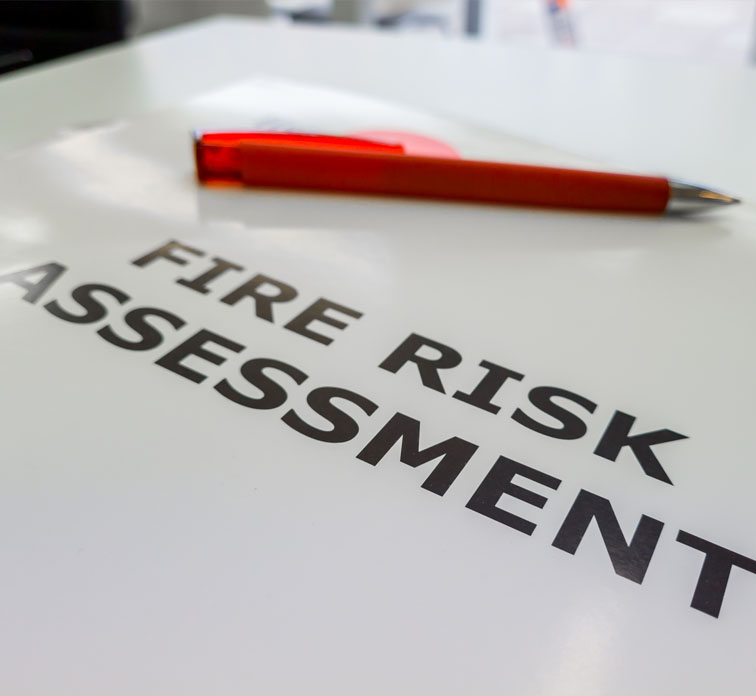
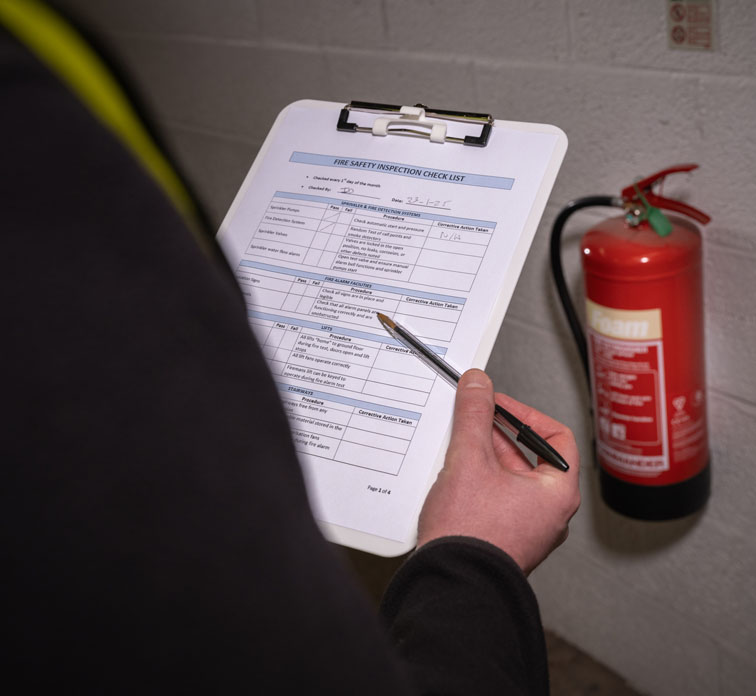
Choosing the Right Fire Risk Assessment Provider
When selecting a provider for your fire risk assessment, consider these key factors:
Qualifications and Accreditations
Look for assessors who are fully qualified and insured, preferably with accreditations from recognised bodies such as the Fire Protection Association (FPA). Professional accreditation ensures that assessors have undergone rigorous training and adhere to industry standards.
Reputable providers should be registered with schemes like BAFE SP205, which has been developed by industry experts to help identify companies capable of supporting you in fulfilling the requirements of the Regulatory Reform (Fire Safety) Order 2005. Such schemes verify that providers have the required technical and quality management capabilities and employ fully qualified assessors with extensive knowledge, experience, and competency.
Experience in Your Sector
Different premises have different requirements. Seek providers with proven experience in your specific sector. Whether you operate small offices, houses of multiple occupation, industrial premises, or residential care homes, specialised expertise ensures that assessors understand the unique challenges and requirements of your environment.
Comprehensive Service
The assessment should result in a detailed written report that is easy to follow and includes a practical action plan. Look for providers who highlight issues of different risk levels and provide recommended timescales for resolution.
Customer-Focused Approach
The best providers prioritise the safety of your staff and business above all else. They should be willing to provide immediate advice for urgent safety issues while on-site, rather than waiting for the final report.
Transparent Pricing
As every building is different, the price for fire risk assessments varies. Reputable providers offer free surveys and no-obligation quotations, ensuring you understand exactly what you’re paying for before committing.
Implementing Your Fire Risk Assessment Findings
Once you have your assessment report, effective implementation is crucial:
- Prioritise Actions – Address high-risk issues immediately, followed by medium and then low-risk concerns
- Assign Responsibility – Designate specific individuals to oversee each action point
- Set Deadlines – Establish clear timeframes for completion of each task
- Document Progress – Maintain records of all completed actions
- Train Staff – Ensure all employees understand fire safety procedures and their responsibilities
- Review Regularly – Continuously evaluate your fire safety measures and update as needed
Remember that fire safety is an ongoing process, not a one-time exercise. Regular reviews and updates to your assessment ensure continued compliance and protection.

Comprehensive Fire Safety Solutions
While fire risk assessments are a fundamental requirement, they’re just one component of a comprehensive fire safety strategy. Other essential elements include:
- Fire Alarm Systems – Early detection systems that provide crucial warning time
- Emergency Lighting – Ensuring safe evacuation during power failures
- Fire Extinguishers – Appropriate firefighting equipment for different types of fires
- Fire Safety Training – Ensuring staff know how to respond effectively
- Maintenance Programs – Regular testing and servicing of all fire safety equipment
Working with a provider who can offer this complete range of services ensures consistent, integrated protection across all aspects of fire safety.
Don’t Leave Fire Safety to Chance
Contact Logic Fire and Security today to arrange your professional fire risk assessment and take the first step toward complete fire safety compliance and peace of mind.
Call us: 0845 999 3222
Email: firesafety@logicfireandsecurity.com
Or simply fill out our “How Can We Be of Service?” form below to get started.


